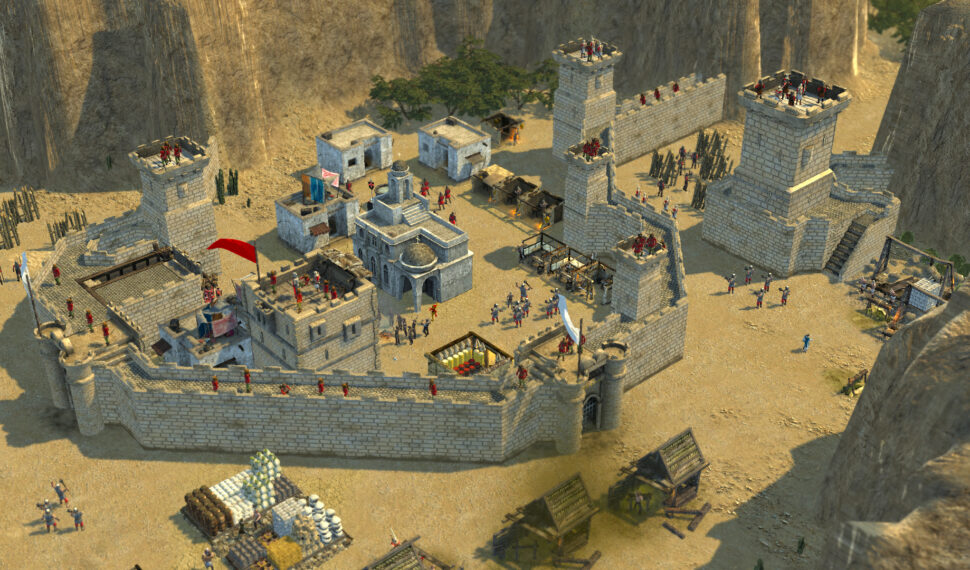

Moreover, the feeding preference experiment showed that crabs consumed Spartina more than twice as much as Phragmites. Soil water content and plant community characteristics in the Spartina marsh also significantly differed in the Phragmites marsh and mudflats. Results showed crab abundance and biomass in the Spartina marsh were significantly greater than those in the Phragmites marsh and mudflats. dehaani for Spartina and Phragmites was investigated. dehaani populations between different habitats, feeding preference of S. To examine whether the invasions of this exotic plant affected native crabs, we compared the biomass and abundance of the dominant burrowing crab Sesarma dehaani in an exotic Spartina marsh, native Phragmites australis marsh and mudflats of the Yangtze River estuary, China. The exotic plant Spartina alterniflora has become the most abundant species in the salt marshes of the Yangtze River estuary since it was first found just over a decade ago, but its effects on crabs in the salt marshes is largely. View projectĪlthough the impact of plant invasions on benthic communities, especially burrowing crabs, has received increasing attention, the results from past studies are mixed. Scientific work financed by the National Science Center (Poland), grant no DEC-2013/09/B/ST10/01589. mariscus recovered and /or expanded to new sites, extending its range of occurrence. That during warm periods, conditions for the generative development improved, and C. That the cold periods have strongly affected the pollen and fruit productivity of Cladium mariscus leadind to its masive reduction or even disappeared from peatlands that are more northern located. Overall, our palaeoecological approach will contribute to a better ecological and biogeographic understanding of Cladium mariscus and will improve the predictive capacity in assessing the potential sensitive areas for this species to future environmental change.Ĭlimate changes over the last 2000 years considerably affected the range distribution and abundance of population of Cladium mariscus in its eastern boundary of occurrence in Europe, specifically: the type of substrate (type of sediment), water level, and pH, as well as the reconstruction of fossil vegetation accompanying Cladium mariscus and growing in its direct vicinity. Another objective of this study is the reconstruction of the environment of occurrence of Cladium mariscus, i.e. The study aims to det ermine whether the alternance of know warm (Roman Warm Period of the 3th BC- 5thAD of the centuries, Medieval Warm Period of the 9th - 13th AD centuries) and cold periods (Migration Period of the 5th - 8th AD centuries, Little Ice Age of the 15th - 19th AD centuries) over 2000 years considerably affected the development and range shift distribution of Cladium mariscus at its eastern boundary of occurrence in Europe.

The main objective of the project proposal is to determine the effect of climate changes on the population of Cladium mariscus in Central-East Europe over the last 2000 years. Central Wielkopolska is the only place in Europe of such Carpinus forest existence, where they create a very special phytocoenotic structure. Additionally an economic potential of monarchy of first Piasts was exceptionally good because of fertile soils with high productivity due to the earlier presence of hornbeam forest. A defense system in Giecz consisted of lake, extensive wetlands and high embankment and it shows an extraordinary similarity to the site in Ostrów Lednicki, Gniezno and Poznań. To detect these advantages some geological and palaeoecological work was done. Defense features of stronghold are based on natural location of the lake and wetlands related to presently small Maskawa river running nearby. A peninsula of stronghold in Giecz, in the light of the last research (Grygorowicz, Milecka, Tobolski 2007) was an object of special meaning and its location was carefully selected so that danger of outside invasion was limited as much as possible. Presently Giecz it is a small village only located far from main roads, however in the past, over a thousand years ago it was one of main residence points of Polish princes during the forming of Polish Estate in the Early Middle Ages. It is a part of Piasts’ Route (Szlak Piastowski) including as famous sites as Museum of First Piasts in Lednica, Kruszwica, Biskupin and Poznań. Stronghold in Giecz is one of the most important objects for touristic visiting in Wielkopolska.


 0 kommentar(er)
0 kommentar(er)
